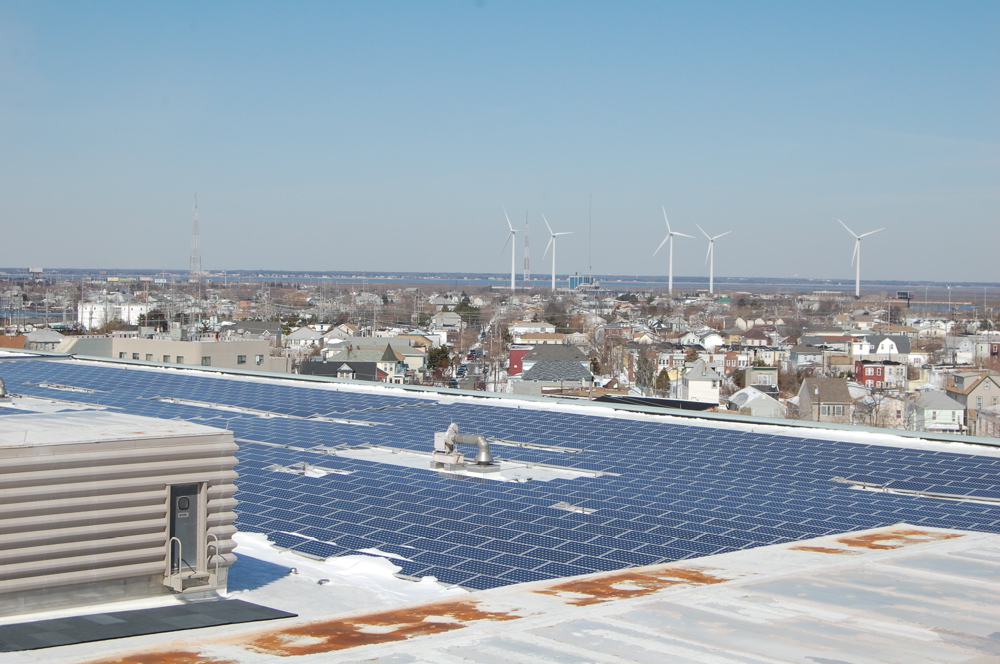DougPaul
Well-known member
Actually there are places where the additional impact of wind turbines would be fairly small. Existing farms, for instance. Any trees have already been cut and farming or ranching can proceed below the turbines.Can anyone read this and continue with the "step in the right direction" idea and really support more wind factories? I don't get it from folks who consider clear-cutting forests to be undesirable, especially high-elevation forest.
Do the math. More wind power requires more land to be stripped. No proponants of wind predict that a single tower might be able to produce real amounts of power one day. They just say we need more of them. Does anyone really beleive that technology will magically change this?
Actually, solar is damaging to many environments--solar panels block the sun. Whatever lives or grows in shaded areas will be affected. Thus solar panels on top of buildings may have minimal environmental damage but solar farms would cause significant damage.Solar power may be equally feeble, but it doesn't require stripping beautiful forests. The sun shines almost everywhere. Why not put more effort into developing solar? It's actually not harmful to the environment, as wind factories are, and it makes us feel just as good about ourselves.
Nuclear plants produce massive amounts of heat and have radioactive leakeage and wastes. If the heat is dissipated in a local body of water or river, it can have massive effects on the aquatic plants and animals. If it is dissipated in the air, it requires a ~500 foot high cooling tower.Let's be serious. Nuclear power is actually capable of producing real amounts of electricity. Nuclear plants can be located anywhere.
I have read that the French also suffer from a significant amount of radioactively contaminated territory as a result. (The source was reliable, an IEEE publication, IIRC.) Needless to say, the damage is not publicized as much as the 80-90%...Why not put our energies into R&D of making nuclear as safe as we can. If the French can produce 90% of their juice with nuclear, then the technological masters of the world can do even better.
Current proposed (and existing) nuclear reactors in the US are largely based upon the technology first used in Navy shipboard reactors. These designs have serious weak points, but it appears that little research is being done into safer designs... (There have been some studies which have suggested safer designs.)
At this point in time, wind is economical in some locations, solar is economical only in limited situations, and nuclear has unresolved safety problems. Of course, coal results in mining damage, CO2, and chemical pollution. Oil results in drilling damage, pipelines, spills, CO2, and chemical pollution. Natural gas results in drilling damage, pipelines, and CO2. Hydropower results in damage to aquatic animals. All forms of electricity require powerlines and lack of adequate powerline capacity is a significant stumbling block to some schemes for electric power generation. (I'm sure this list is incomplete and I haven't even mentioned energy for transportation.) In other words, there is no magic solution.
Doug
Last edited:


